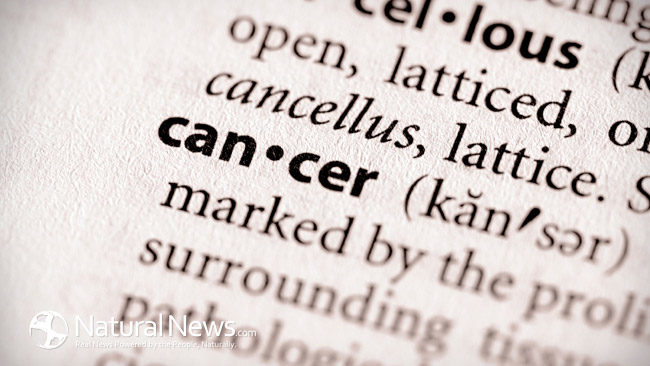There are many ways in which modern medicine has advanced to help extend and improve human life. It is unfortunate, however, that cancer continues to present such a challenge to the medical community and is still one of the top ten leading causes of death, both in the United States and in many countries around the world.
One of the most common and deadly forms of this disease is melanoma. It is responsible for nearly three-quarters of all deaths related to skin cancer and, because people do not know the early signs and symptoms of this condition, it is often not diagnosed until the diseased is well-advanced, leaving patients and doctors with few options for treatment. Ten early warning signs and risk factors are discussed.
Age
Age is a risk factor for developing melanoma because as someone gets older, the chances of developing this cancer go up. However, even younger people should beware: it is one of the most common cancers found in people under 30.
Gender
Women under the age of 40 carry a greater risk for developing melanoma, while after this point, men carry the higher risk. With younger women, tanning (especially artificial tanning) is usually the culprit, whereas with men, an outdoor job like farming or construction work can often be the causative factor.
Moles
These small brown clusters of pigment on the skin are usually benign, but they can easily develop into a melanoma. Changes in color, size or general appearance of moles should be reported to the doctor.
Exposure to Ultraviolet Light
Exposure to ultraviolet light either from tanning beds or from outdoor sunlight is another risk factor. This exposure can lead to changes in the DNA of the skin cells which can, in turn, lead to cancer development.
Coloring
Caucasians with red or blonde hair, pale skin and/or freckles lack the natural protection from the sun which dark skin can give and puts that person at a higher risk for melanoma as well.
Family History
For approximately one out of every ten melanoma patients, there is some sort of family history for this problem. People with this genetic predisposition are at greater risk for this kind of skin cancer.
Inflammatory Sores
Skin sores that seem to form for no apparent reason but refuse to yield to treatment should also be investigated by a physician or other medical professional.
Nail Discoloration
Nail discoloration can be another warning sign of melanoma: brown or black marks can often form in the skin beneath fingernails and toenails both.
Non-healing Bruise
Melanoma can also present as a bruise which refuses to yield to treatment and which sometimes will appear for no discernable reason.
Body Ache or Tenderness
This is a vague symptom, but melanoma can also cause the skin to be very tender to the touch or to be achy throughout the day, particularly in certain areas.
If these signs and symptoms sound familiar and if skin cancer is even remotely suspected, it is very important to schedule an appointment with a doctor or medical professional right away. Early treatment can literally save the patient’s life and prevent the cancer from spreading to other parts of the body before it is detected.
Sources:
skincancer.org
cancer.org
medicinenet.com
More From Meghan:





